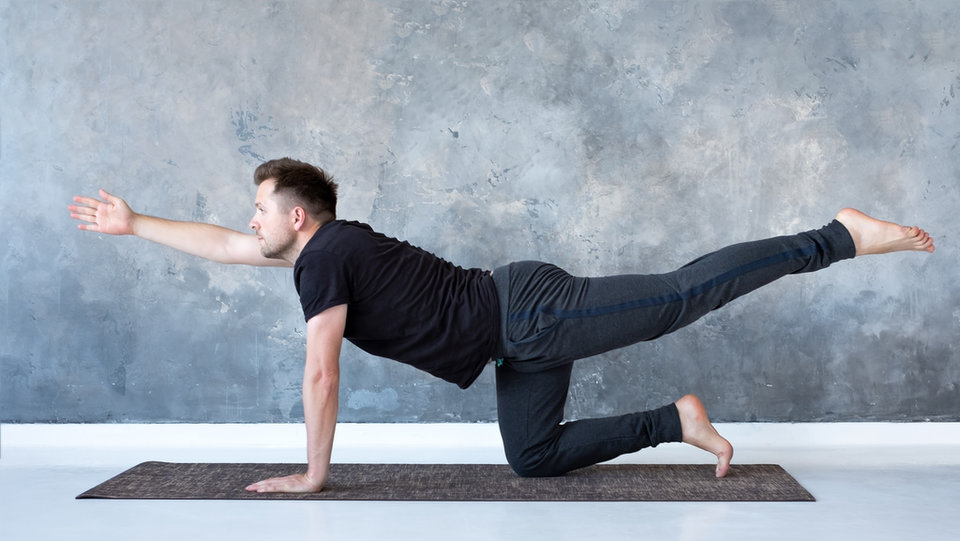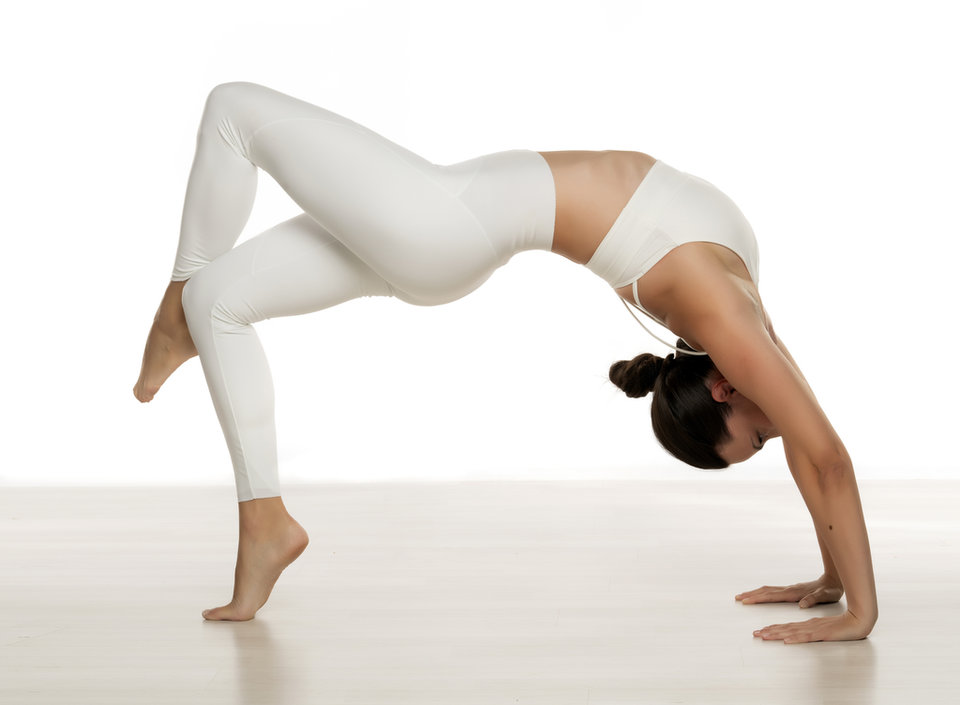Namaste
Yoga is an ancient practice which is growing in popularity among all age groups, not just for fitness but also for mental health and wellbeing.


It can be hot and sweaty, or calm and relaxed; it just depends on what form the individual practitioner wants to take. But more and more often nowadays yoga is being used almost as a therapy – and for good reason too.
The origins of yoga trace back more than 5 000 years ago, to India. It takes its name from the Sanskrit word yuj or yuji which means yoke, coupling or union – because it brings together the body and the mind, promoting health, wellbeing, harmony and strength.
Although it’s been widely accepted and practised in the east, its rise in popularity in the west began in the 1970s. The ever sceptical Western scientific fraternity have researched yoga in the intervening decades and concluded that there are a host of physical, mental and emotional health benefits to doing the Downward Dog or Sun Salute.
Yoga is designed to promote relaxation and decrease stress – and it does so by means of both deep breathing exercises as well as muscle stretching poses and movements.
Johns Hopkins, one of America’s foremost academic medical faculties and hospital has stated that people of all ages, shapes and abilities can benefit physically and emotionally from yoga. Whether recovering from surgery, living with a chronic condition or going through illness, yoga could form part of the treatment and potentially hasten healing.
The physical benefits of a regular yoga regime are well documented: increased flexibility, improved muscle tone and strength, better respiration, energy and overall vitality; weight loss, cardio and circulatory health, better athletic performance or overall fitness as well as protection from injury. Chronic pain can be reduced, whether this is from arthritis, carpal tunnel syndrome, lower back pain – something which affects a large portion of the population – or even just headaches. It can also assist in diminishing insomnia and lowering blood pressure.

The mental side of yoga has become all the more important over the past few years. People have been affected by a variety of stresses due to the global pandemic. Financial or economic stress impacts on corporeal or bodily health as well as the emotions and mental wellbeing. Stress can make itself felt in a variety of ways – anger, irritability, headaches, anxiety attacks, insomnia, back and neck pain and even in reliance on medication, alcohol or drugs.
The meditational aspects of yoga have shown significant reductions in stress – and thus improved people’s ability to cope. Blood tests measuring patients’ cortisol levels bear this out. Studies demonstrated that this stress hormone which pre-empts the “fight or flight” response, can be reduced in as little as six to seven weeks of yoga.
“Regular yoga practice creates mental clarity and calmness; increases body awareness; relieves chronic stress patterns; relaxes the mind; centres attention; and sharpens concentration,” said Dr Natalie Nevins, a board-certified osteopathic family physician and certified kundalini yoga instructor in California. Body- and self-awareness are particularly beneficial, she said, “because it can help with early detection of physical problems and allow for early preventive action.”
Some inner city schools in both the United Kingdom and America have added yoga as an alternative method of dealing with disruptive pupils. Instead of detention or suspension, learners are encouraged to work through their anger or anxiety by doing guided yoga. Anecdotal reports from teachers are that this pilot programme has shown significant success. Children are able to focus on calm thoughts and self control through breathing rather than disruptive or angry behaviour. There is also evidence of yoga’s lasting beneficial impact on people with post-traumatic stress disorder – from soldiers returning from conflict zones to victims of violent crime.

The meditational aspects of yoga have shown significant reductions in stress – and thus improved people’s ability to cope.
Trying to understand the various schools of yoga can be confusing, so what are the more well-known ones?
Ashtanga yoga is closest to the original or ancient yoga teachings. It applies the same poses and sequences that link movement to breath.
Bikram yoga is also recognised as hot yoga since it’s practiced in a studio which is heated as well as humidified, usually to 40˚C and 40% humidity. Practitioners do 26 separate poses and breathing exercises – and sweat up a storm while doing so!
Hatha yoga is a catch-all or generic term for any type of yoga teaching physical poses. This form is usually the one that beginners are introduced to, comprising the basic yoga poses or asanas.
Iyengar yoga is about correctly aligning the body while doing the range of poses by means of various aids such as blocks, straps, bolsters and even chairs or blankets.
Usually begun with breathing exercises and gentle stretches, kripalu yoga teaches practitioners to look inward and to know, accept and learn from it, ultimately finding the best level of practice for themselves.
The aim of kundalini yoga is to release pent-up energy so typically begins with chanting and ends with singing – with the more traditional poses and meditation in between.
Sivananda yoga is based on a five-point philosophy – proper breathing, relaxation, diet, exercise and positive thinking. There are 12 basic asanas (yoga poses) which starts off with Sun Salutations and ends with Savasana – or the so-called corpse pose where people lie on their backs in a deep state of relaxation.
Power yoga was developed in the late 1980s and is a very athletic and active form of yoga, based on traditional Ashtanga yoga.
With the aim of exercising ligaments, joints, bones, deep tissue and muscle fascia, yin yoga emphasises the holding of passive poses for long periods of time.
Then there is the more relaxing method of restorative yoga. Classes focus on just a few simple poses – four or five – but use aids such as bolsters, blocks or blankets to ensure that practitioners can sink into deep relaxation without exerting effort while holding the pose.